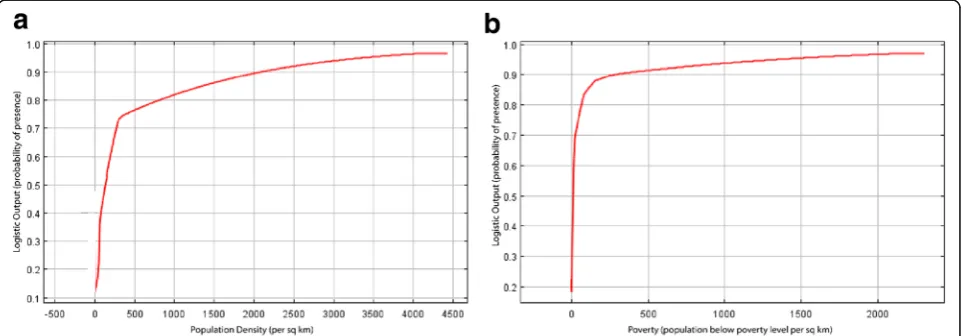The importance of human population characteristics in modeling Aedes aegypti distributions and assessing risk of mosquito-borne infectious diseases
Full text
Figure




Related documents
The transition state model of intermediate mass fragment emission approximates the emission width in terms of the density of states at the saddle point barrier using a
The average point total in the standardized Multidimen- sional Health Locus of Control scale (MHLC), in the internal aspect, in the group of PNH residents reached a level of
To telegraph ahead and in terms to be explained, we see other ways to identify pastoralist systems’ reliability professionals, where present, including the following: their
Africa’s public debt-to-GDP ratio declined during 2008 – 2012 (Figure 1b), as widened primary fiscal deficits (i.e. deficits net of interest payments) were offset by factors such
The ultrasonic wave (UW) was applied to the specimen from the beginning of test or just after the current density reached one of these constant values. The current density in
1) Threshold values of fuel enthalpy for clad melting and fuel fragmentation failures are not strongly dependent upon the power pulse width (half height width) and increase
